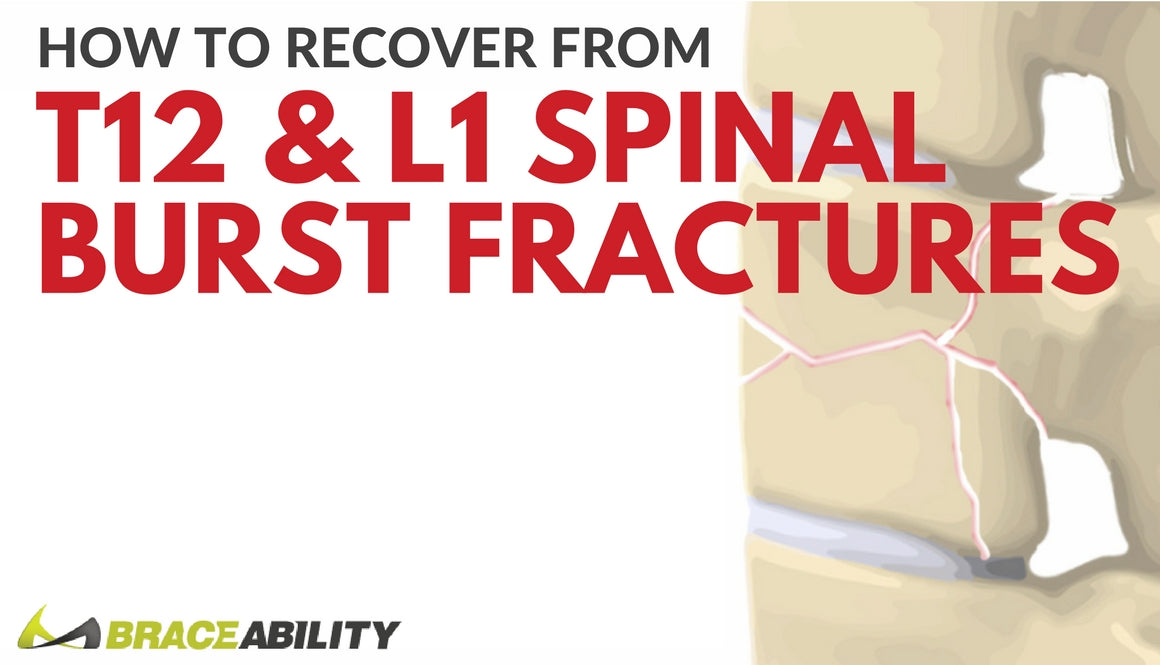

Consequences of vertebral fracturesĪ vertebra isn't broken in the usual sense of the word. Fortunately, we have more ways to manage these fractures than we had even 10 years ago, including procedures that relieve pain, shore up damaged vertebrae, and reduce disability. Vertebral fractures also raise the risk of premature death, though not to the degree that hip fractures do.Īs the population ages, the rate of osteoporotic fractures in general is expected to rise. Chronic pain, disability, and difficulty engaging in normal activities of daily life can lead to isolation, problems with relationships, and emotional difficulties - including depression, which develops in 40% of people with vertebral fractures. The cumulative effect of multiple fractures can be devastating. They also had a higher risk for other broken bones, especially hip fractures. In a study published in 2007 in The Journal of the American Medical Association, researchers for the Study of Osteoporotic Fractures found that women with a history of vertebral fracture had a fourfold greater risk of experiencing a new one during the 15-year follow-up. A single fracture may seem of little consequence, but having had one has long-term implications, including a higher risk of new fractures. Vertebrae weakened by osteoporosis cannot withstand normal strain and pressure, so they may succumb to simple movement - bending over, turning quickly, or lifting a window sash.Ībout two-thirds of vertebral fractures have no symptoms and may go undiagnosed until they're found on an x-ray taken for some other reason. Unlike hip fractures, which almost always result from a fall, vertebral fractures usually involve little or no trauma. Vertebral fractures are twice as common as hip fractures about 25% of postmenopausal women have had at least one. More than 1.5 million osteoporosis-related fractures occur each year in the United States, and nearly half of them are in the vertebrae, the bones of the spinal column. Several options, from pills to procedures, can help ease pain and shore up bone. No content on this site, regardless of date, should ever be used as a substitute for direct medical advice from your doctor or other qualified clinician. Please note the date each article was posted or last reviewed. Vertebroplasty “sets” the vertebra in its fractured position balloon kyphoplasty uses orthopedic balloons to return the vertebra to its original shape (when possible) before stabilizing the fracture with bone cement.ARCHIVED CONTENT: As a service to our readers, Harvard Health Publishing provides access to our library of archived content. Both techniques involve the injection of bone cement into the vertebra to stabilze the fracture. Two minimally-invasive procedures that can alleviate the pain of compression fractures are vertebroplasty and balloon kyphoplasty. Stieber’s approach involves medical management of the underlying disorder (e.g., osteoporosis) in addition to repair of the broken bone. Left untreated, the broken vertebra will eventually heal in its fractured position. Just one fracture can disrupt the alignment of the spinal column and put stress on adjacent vertebrae, thereby increasing the risk for another fracture.

Dowager’s hump, kyphosis, worsened posture.Gradual onset of pain unrelated to specific injury.Symptoms of compression fractures include: Many patients mistakenly attribute the pain of compression fractures to aging or “a bad back.” Compression fractures can be easily confused with other back problems, so it’s important to obtain a diagnosis and receive treatment.ĬT Scan demonstrating L1 Compression Fracture Unfortunately, compression fractures tend to be under-reported and under-diagnosed primarily because they are not always painful. Patients with osteoporosis are especially vulnerable everyday activities like bending over or lifting a bag of groceries can cause the vertebra to fracture or collapse. Sudden onset of back pain, out of proportion to the activity at hand, may indicate a compression fracture. When multiple compression fractures occur, loss of height or spinal deformities such as a dowager’s hump may result. Osteoporosis, cancer, and long-term use of steroids or other drugs can decrease bone mass, increasing the risk for fracture. A compression fracture can occur when the force exerted on the spine is too great or the strength of the bone has been compromised by disease or age. With a compression fracture, the vertebral body (round, cylindrical portion) cracks or collapses.


 0 kommentar(er)
0 kommentar(er)
